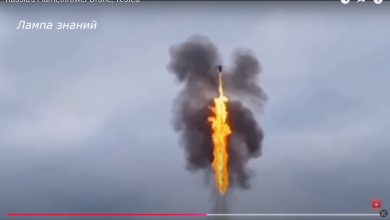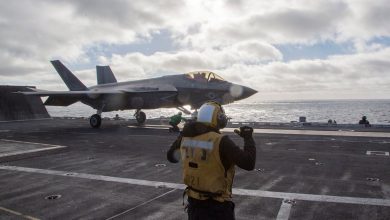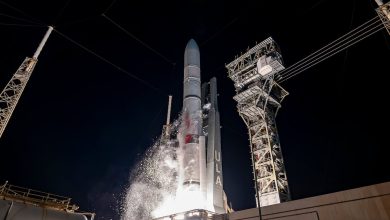US Army backs plans for next-generation Patriot missile replacement

The U.S. Army has decided to back off an effort to replace its Patriot missile with a next-generation interceptor, according to Maj. Gen. Frank Lozano, program executive officer for missiles and space.
“We are not going to move forward on what we were calling a Lower-Tier Future Interceptor,” Lozano told Defense News in an interview at the Association of the U.S. Army’s annual conference.
Lozano said those scrapped plans would have been “a very expensive endeavor.”
“Those Patriot interceptors are very capable, but also very expensive and so after going through a business case analysis within the PEO and with the Army senior leaders, what we’ve decided to do is, one, look at continuing to upgrade the PAC-3 MSE missile, which I believe is probably the best air defense missile in the world, and continue to advance that capability so that it can remain relevant against the evolving threats,” he said.
The effort would have completed the final piece of the puzzle in a new Integrated Air and Missile Defense System. Already the service has fielded its command-and-control system – the Integrated Battle Command System – and is developing and will soon field a new radar – the Lower Tier Air and Missile Defense Sensor – capable of detecting threats from 360 degrees.
The Army is anticipating threat missiles in the 2040 timeframe will evolve to have rocket motors that make missiles fly faster with hypersonic capability, more maneuverable tactical ballistic missiles, decoys and electronic warfare countermeasures
Army Futures Command a year ago was formulating an abbreviated capabilities development document. If approved the funding would have been included in the fiscal 2025 through FY29 funding plan.
The Army has continued to see just how capable the Patriot Advanced Capability-3 Missile Segment Enhancement (PAC-3 MSE) is in Ukraine since the U.S. sent it in to help the country defend against the Russian invasion.
The missile has shot down, for example, Russian Kh-47M2 Killjoy hypersonic air-launched ballistic missiles.
The service has decided to also explore what IBCS integration with its Terminal High Altitude Air Defense system would look like.
“What that would allow us to do is create a tighter coupling between the THAAD system and the Patriot system and via that tighter coupling, then you can manage the battle space in a much more efficient way,” Lozano said.
“You could launch a THAAD interceptor against a particular target and then, as backup, launch a PAC-3 interceptor and it opens up the amount of battle space that you can use to take advantage of two interceptors against a very stressing threat,” he said, “and in that same vein maintain the magazine depth of both family of interceptors.”
The Missile Defense Agency has done some Patriot and THAAD integration work in recent years in response to an urgent operational need in the Indo-Pacific theater. For example, the agency was able to launch a PAC-3 MSE queued off of early THAAD radar data. MDA has coded the THAAD MSE integration and launch on remote capabilities and plans to drop it into the next THAAD software upgrade.
But without IBCS integration, Patriot and THAAD pairing is still limited in scope.
“If we could do the THAAD IBCS integration then that brings in the full suite of integrated capabilities that allows us to have a more homogenous, seamless, netted architecture against all these threats within the Patriot, [Integrated Fire Protection Capability] architecture,” Lozano said.
Jen Judson is an award-winning journalist covering land warfare for Defense News. She has also worked for Politico and Inside Defense. She holds a Master of Science degree in journalism from Boston University and a Bachelor of Arts degree from Kenyon College.
Read the full article here






